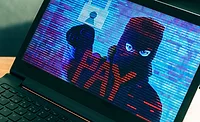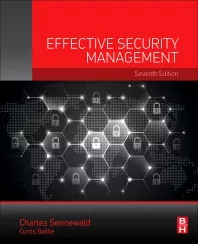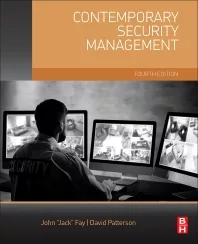CSOs and software asset management teams work together to improve cybersecurity

According to a U.K government survey, almost half of businesses (46%) have reported having cybersecurity breaches or attacks in the past 12 months. It’s fair to say the changes brought by the pandemic have been a challenge to the industry and this is just the start of our new ‘normal’.
To combat the sudden shift to remote working, more than half of companies (58%) have ordered new devices such as laptops, tablets and mobiles. Yet, more than a third (33%) of companies unfortunately aren’t upgrading their security systems to include new hardware. It’s this absence of IT infrastructure which could leave organizations open to risk.
These numbers highlight the importance of Software Asset Management (SAM). Security and SAM teams need to work together to understand exactly what is installed across each device and how it’s being used, ensuring all assets are protected from cyberattacks.
In many enterprises, security departments no longer firmly sit in one camp; chief security officers (CSOs) need to lean on various teams, including SAM for better visibility, awareness and understanding of user behavior, and this collaboration has never been more important than now.
Remote working and cybersecurity: the perfect storm
Of course, cybersecurity has always been a priority, but it has never been more important for organizations to protect their data and reduce the risk of being hacked as so many people are now working from home. Naturally, remote working opens a business up to more risks. An employee’s home setup will usually be far less restricted than if they were in the office.
For example, with admin rights installed that enable workers to quickly download free trials of various products, come risks to financial stats, customer data and corporate information. Then we consider that those working remotely may also not be on the same centralized system for updating anti-virus software, increasing risk even further.
It can seem near impossible to keep track of all your staff, ensuring their safety and that of the business, but that’s where the software asset managers are your best friend. There are two main ways SAM teams can help:
Visibility of what software is being used – the first and most important step is understanding what software is installed across your entire IT estate. Knowing this helps establish potential areas of concern, enabling you to mitigate risk accordingly. CSOs and CISOs can work alongside SAM departments to ensure products are up to date, patches have been installed, and vulnerabilities that could affect their business have been removed.
Awareness of how it’s being used – SAM and cybersecurity teams should also work together to pool data on IT installations, software deployments and user activities. SAM teams can provide the data for which assets are connecting to servers, while CSOs can protect the services (and access into the organization’s infrastructure) by creating the right policies and governance.
By sharing resources and ideas, cybersecurity and SAM teams can work together on best practices to keep the organization safe, including password control and two-factor authentication. Remote workers can connect to VPNs which enables discovery tools to track their software and usage.
However, it’s not just the brains from the SAM team that CSOs can make use of, but their tools too.
Using SAM tools to help you stay up to date
One of the advantages of using SAM tools is that they will alert team members to deployments for versions of software which are no longer supported by the vendor. Using outdated software increases risk of a security breach. Updating software allows patch updates that can safeguard against risks.
Some SAM tools will also help with making sure anti-virus software is up to date. Acting like a second pair of eyes, these tools can track and report on the version deployed, so outdated instances can be highlighted and dealt with accordingly.
In order for this to happen effectively and efficiently, the right user interface is so important. Reporting from traditional SAM tools can be notoriously laborious. Rather than a lengthy monthly report which can be difficult to digest, a tool which shows the most essential data in real-time is the best way to benefit the partnership between SAM and cybersecurity, with all parties only seeing the information most important to them.
Cybersecurity is arguably the biggest threat facing the modern business, but by working closely with SAM teams, CSOs can mitigate risk, implement effective polices and make the transition to remote working smoother.
Looking for a reprint of this article?
From high-res PDFs to custom plaques, order your copy today!








